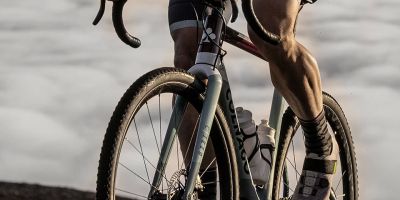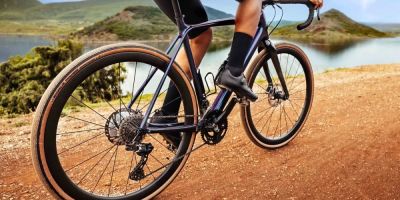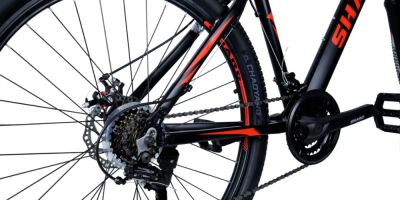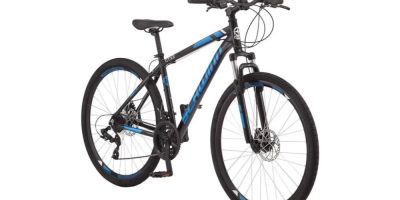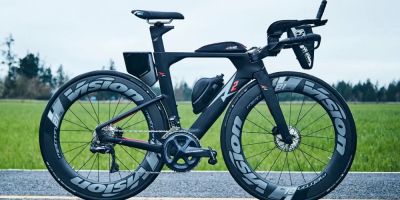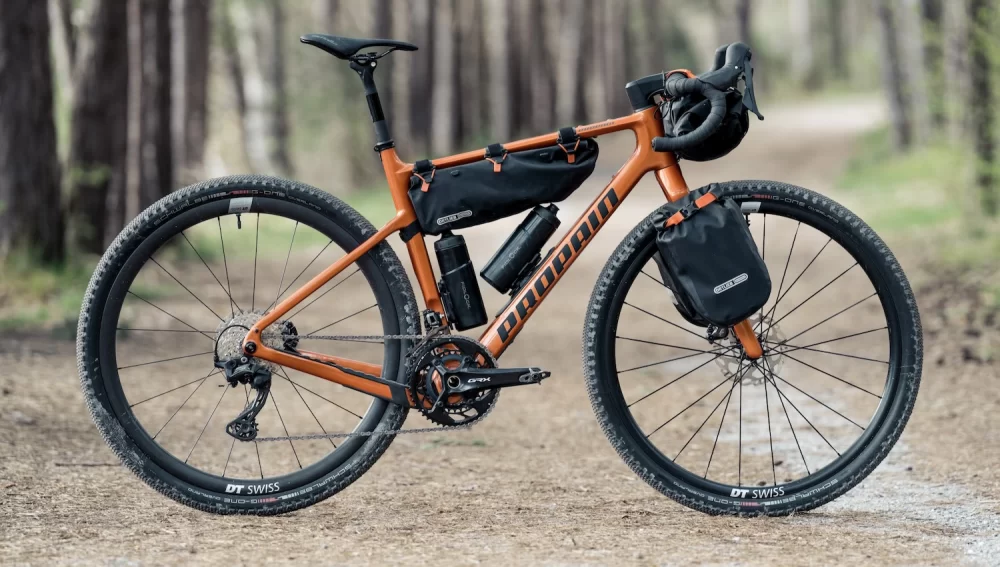
Why Choose a Bikepacking Bike with Large Tires?
When I first started bikepacking, I had a vague idea that I needed a rugged bike capable of handling rough terrains, but I didn't realize just how much of a game-changer large tires could be for my adventures. Having spent many hours on various terrains – from gravel roads to muddy trails and sandy paths – I quickly discovered that the right tire size could make all the difference in comfort, control, and speed.

Mike's Bikes of Berkeley
1824 University Ave, Berkeley, CA 94703, USA
1. The Benefits of Large Tires in Bikepacking
Large tires, especially those that are 40mm wide and beyond, are often recommended for bikepacking due to their superior ability to absorb bumps and smooth out rough surfaces. Whether you're venturing off-road on dirt trails, navigating rocky paths, or even rolling through soft sand, large tires provide an added layer of stability and comfort. I quickly realized how much more confident I felt while riding over challenging terrains when my bike was equipped with wide tires that could grip the surface better.
One of the most significant advantages of large tires is their increased contact area with the ground. This gives the rider better traction, especially on loose surfaces like gravel or snow. With large tires, you won’t have to constantly worry about skidding or losing control, making them perfect for adventure cycling and multi-day bikepacking trips.

Mike's Bikes of Berkeley
1824 University Ave, Berkeley, CA 94703, USA
2. What to Consider When Choosing a Bikepacking Bike with Large Tires
Choosing the right bikepacking bike with large tires can be a bit daunting, especially with so many options available on the market. However, understanding the different features and specifications can help narrow down your search. The first thing I suggest considering is tire width. Tires for bikepacking typically range from 40mm to 45mm, but there are models that accommodate even wider tires, such as 50mm or more. Wider tires provide better comfort and traction, especially when riding on uneven surfaces, but they may also add weight to the bike.
Another key factor is the frame design. A bike that can support larger tires will typically have more clearance in the frame and fork, which is essential for preventing tire rub during rides. I found that bikes specifically designed for bikepacking often offer enhanced clearance, as well as the necessary mounts for racks, panniers, and water bottles – essential for long-distance tours.
3. My Favorite Bikepacking Bikes with Large Tires
Throughout my bikepacking experiences, I've tried a variety of bikes that feature large tires, and some stand out for their performance and comfort. One of the best options I came across was the Salsa Fargo, known for its steel frame and wide tire compatibility. The Fargo is designed specifically for bikepacking, offering the stability needed for long off-road tours while handling tires up to 2.4 inches wide.
Another model I’d highly recommend is the Surly ECR. This bike is equipped with a frame that easily accommodates large tires, such as 29 x 3.0-inch tires. With its rugged design and ample clearance, the Surly ECR can tackle the most challenging terrains without skipping a beat. This bike became one of my favorites for multi-day trips, as it handled both technical trails and long stretches of gravel roads with ease.
4. The Tire Options for Bikepacking Bikes with Large Tires
While choosing the right bike is important, selecting the best tires for your bikepacking adventure is equally crucial. When outfitting your bike with large tires, consider tire types such as tubeless tires, which reduce the risk of flats and allow for lower tire pressure. Lower pressure means better grip, which is especially important for off-road cycling.
For example, when I bikepacked through the Pacific Northwest, I used tires with a 45mm width and a tubeless setup. The increased traction and comfort allowed me to traverse wet and muddy trails without constantly worrying about getting stuck. Similarly, when I rode through the desert, I opted for larger tires with a knobby tread pattern to help me tackle sandy and loose surfaces.
5. Handling Different Terrains with Large Tires
One of the reasons I love bikepacking with large tires is the versatility they offer across different terrains. On soft or loose surfaces, like deep gravel or sand, larger tires offer a better float, preventing you from sinking too much into the surface. This was particularly useful during one of my bikepacking trips in Utah, where sandy paths stretched for miles. Without large tires, I would have found it incredibly challenging to navigate those stretches. The wide tires allowed me to glide over the sand with minimal effort.
In contrast, while biking through mountainous trails or rocky paths, I noticed how the larger tires helped smooth out the ride. The added cushioning from the wider tire profiles made the bumps more manageable, and I was able to ride for longer hours without feeling as fatigued. The difference was clear when comparing it to a traditional road bike with skinnier tires, which left me bouncing over rocks and potholes.
6. Large Tires and Comfort on Long Rides
Long-distance bikepacking trips can be tough on the body, especially when the terrain is unforgiving. The added comfort provided by large tires became one of my biggest advantages when I rode through remote areas like the Rocky Mountains. Over the course of several days, the larger tires reduced the amount of shock transferred to my body, making the entire ride much more pleasant. The wider footprint also helped me keep a steady pace, as I didn’t have to worry about my tires losing grip on unpredictable surfaces.
Choosing a bikepacking bike with large tires isn’t just about performance – it's about ensuring that your bikepacking experience is as enjoyable and comfortable as possible. By investing in a bike with large tires, you’ll have a smoother, more stable ride, allowing you to focus on the journey and not on the terrain.

